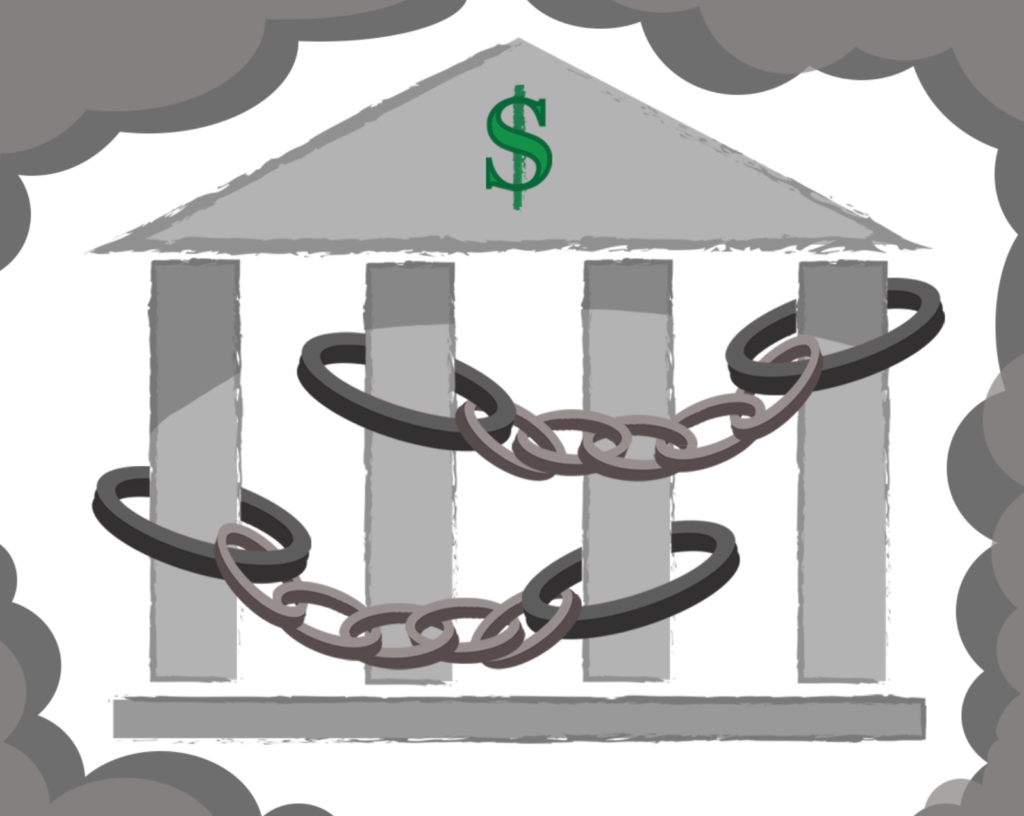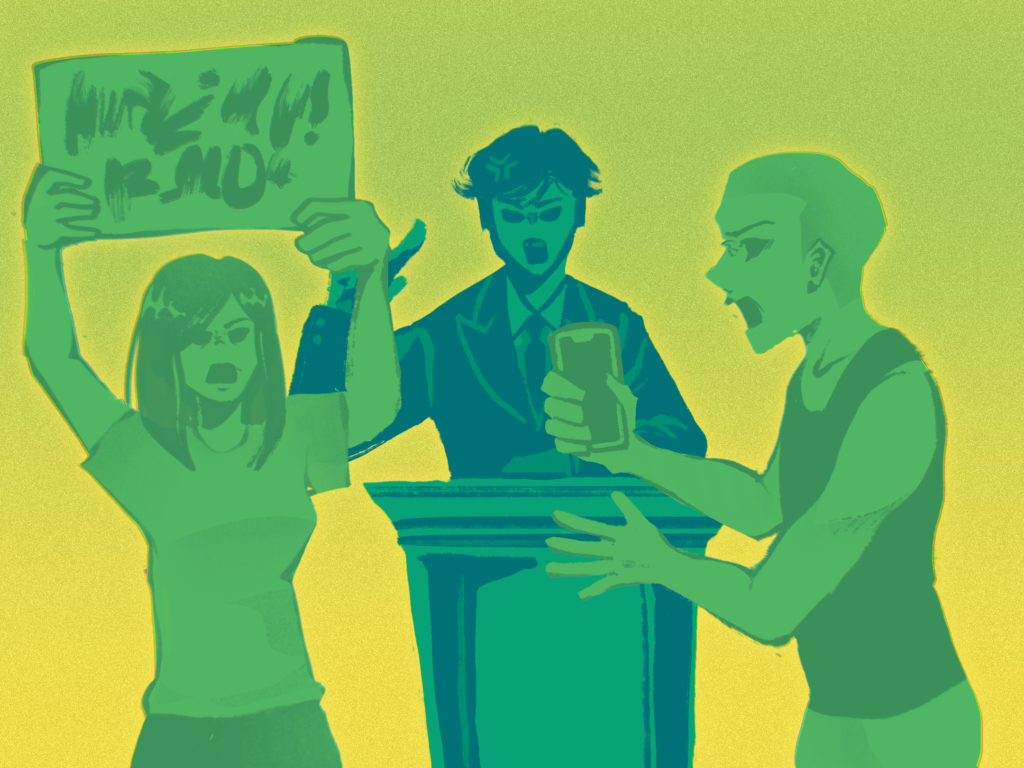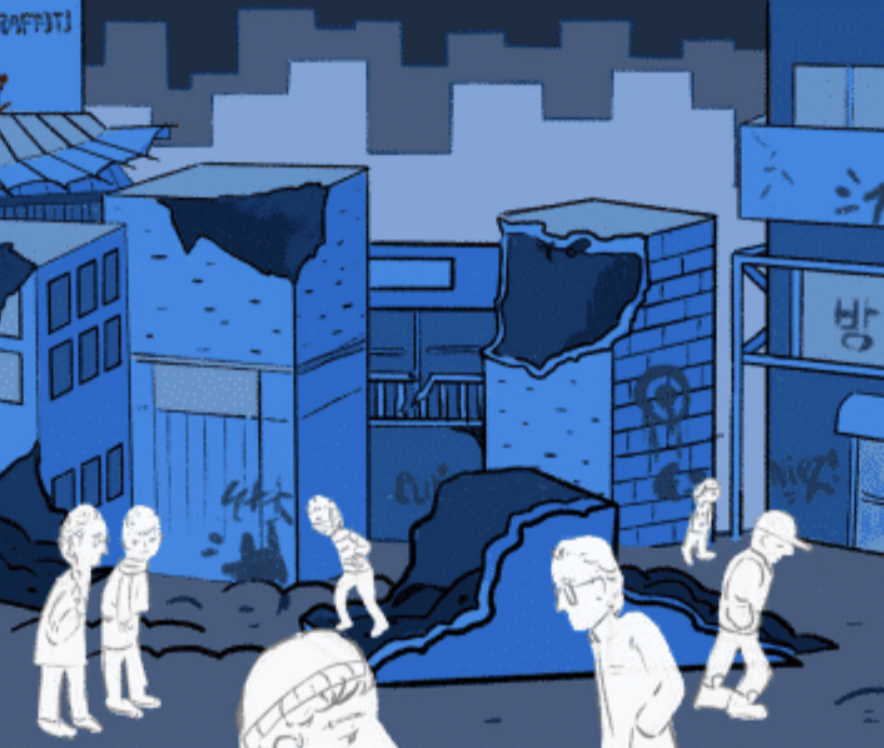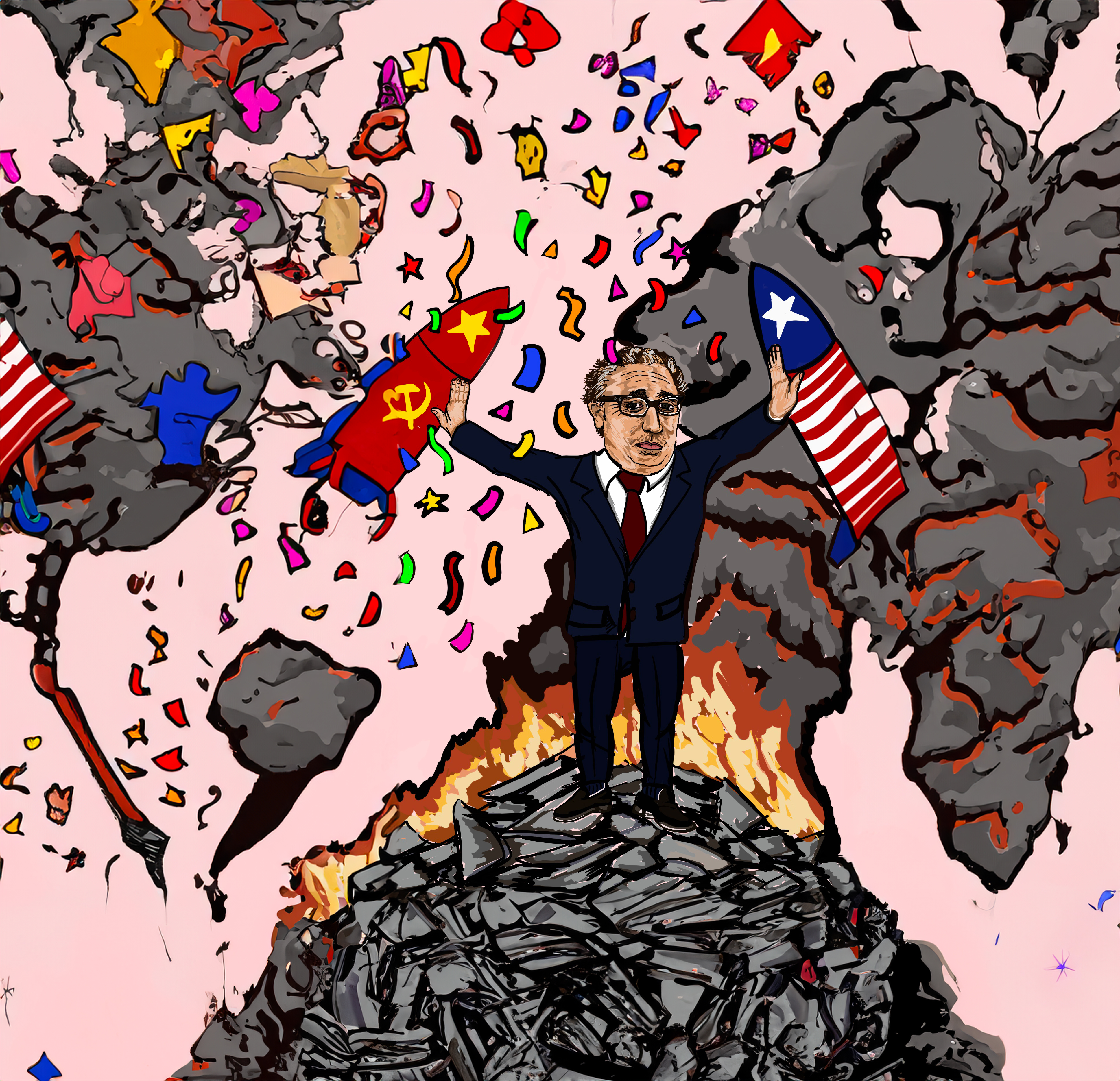After every financial crisis, the government examines what went wrong and then tries to instill regulations to prevent such a crisis from occurring again. The two largest moves to regulate the banking industry came after the Great Depression and the Great Recession. The latter crisis resulted in the passage of Dodd-Frank in 2010, which increased government regulation of banks. Maintaining bank regulation is crucial to preventing another financial crisis.
Advocates of bank deregulation often mischaracterize the motives of the participants in financial markets. Contrary to conservative thought, banks are profit-seeking institutions willing to make risky investments that yield more profit. According to Minsky’s Financial Instability Hypothesis, which accurately modeled the Great Depression and the Great Recession, in the euphoria of an inflationary boom, banks will start to extend loans for overvalued assets — stocks in the 1920s and mortgages in the 2000s — betting that asset prices will rise. Eventually, market participants realize that assets are overvalued, leading to a Minsky Moment, which leaves banks on the verge of insolvency. Thus, banks endanger the health of the financial markets through their risk-taking.
Two separate insurance mechanisms allow banks to assume more risk. First, the money that banks risk belongs to depositors and is insured by the Federal Insurance Deposit Corporation, meaning that if banks lose depositors’ money, the government will reimburse the depositors for their loss. Second, large banks are so integrated into the world economy that they know that the government has to bail them out to prevent the crisis from becoming worse. To maintain the health of the financial market during recessions, the government assumes risk by insuring banks. When banks cashed in on their insurance in 2008, the government spent more than $15 trillion to bailout them out. Because of this, bankers take the profit from booms and taxpayers pay for bankers’ irresponsibility during financial crises.
Since the government must insure banks for recklessness, the government should ensure that banks are being responsible. In Dodd-Frank, the government established a regulatory infrastructure to prevent banks from making the risky investments that could cause their collapse — and a government bailout. Regulators focus on the “too big to fail” banks, whose insolvency could cause the collapse of the financial market because of their interconnectedness with other firms. As a result of Dodd-Frank, banks have to conduct stress tests which ensure that banks can weather a financial crisis and must have a living will that establishes a plan to prevent a bank’s insolvency from causing a collapse of the financial system. Dodd-Frank also regulates bank cash flow, asset composition, and loan quality. All of these regulations come in direct response to either the Great Depression or the Great Recession so that America can avoid the same mistakes.
Critics of Dodd-Frank claim that government regulations overburden the banks and that banks can always find a way around the regulations. However, the federal government, as the insurer of the banking industry, is responsible to the taxpayer for preventing a financial crisis that can only be fixed with their money.





